Africa
Americas
Asia
Europe
Oceania
Holidays to Europe (97 available)
Albania(2)
Austria(7)
Baltic States(3)
Belgium(5)
Croatia(3)
Cyprus(1)
Czech Republic(5)
Denmark(1)
England(12)
Finland(2)
France(15)
Germany(8)
Greece(12)
Hungary(5)
Iceland(6)
Ireland(9)
Italy(13)
Montenegro(1)
Netherlands(5)
Northern Ireland(2)
Norway(9)
Portugal(9)
Romania(1)
Scotland(6)
Slovakia(1)
Spain(9)
Sweden(2)
Switzerland(4)
By Season
By Interest
By Group
What to see in Greece
Temple of Olympian Zeus
Tourist attractions Temple of Olympian Zeus
While the Parthenon is still an iconic building of great beauty, as well as one of the most visited in the world, the ruins of the Temple of Olympian Zeus are a tribute to its own history. The Olympieion should not be confused with the temple dedicated to the same god located in Olympia. Travel with Exoticca to the Temple of Olympian Zeus to learn the difference.
The construction of the Temple of Olympian Zeus
Like the Parthenon, the Temple of Olympian Zeus, or the Olympieion, was built with marble blocks. It measured 96 metres by 40 and had 104 Corinthian style columns, each 17 metres high. Only 15 of these are still standing today. Although Hadrian dedicated the temple to Zeus and had a majestic statue of the god built from gold and ivory, he did not neglect to place one of himself alongside, of a similar size. Unfortunately, there are no remains of either.
The curious thing about the construction of the temple is that it was begun by a tyrant, the Greek king Pisistratus, but his son abandoned the project. It was not until the arrival of Hadrian, the Roman conqueror, that building work resumed.
Restitution of ancient Greek rites
If you are interested in Greek mythology and recent history, you should know that the Temple of Olympian Zeus combines both. A group of people, forming an organisation they call Ellinais, won a series of court cases aimed at gaining recognition for the ancient religious practices of the Greeks. They achieved this in the autumn of 2006. This enabled them, in January 2007, to carry out a ritual/ceremony in honour of Zeus inside the Olympieion.
The temple today
The Temple of Olympian Zeus was almost completely destroyed by an earthquake. Today you can visit its remains, which reveal its enormous size when it was still standing.
Upon a large grassy esplanade you can see fifteen of its columns, which seem to want to touch the sky, and which are one of the most majestic vestiges of classical Athens.
The temple is located between the avenues of Vasilissis Olgas and Syngrou, east of the Acropolis. To get there by metro, take line two and get off at Akropoli station.
It can be visited every day between 8:00 and 15:00, but is closed in the afternoon, even in summer.
OUR BEST TRIPS TO TEMPLE OF OLYMPIAN ZEUS
YOU ALSO LIKE
Albania
2 Trips
Croatia
3 Trips
Greece
12 Trips
North Macedonia
Notify me when available
Slovenia
Notify me when available
Spain
9 Trips
Italy
13 Trips
Portugal
9 Trips
Russia
Notify me when available
Poland
Notify me when available
France
15 Trips
Iceland
6 Trips
United Kingdom
Notify me when available
Germany
8 Trips
Czech Republic
5 Trips
Hungary
5 Trips
Belgium
5 Trips
Scotland
6 Trips
Austria
7 Trips
Netherlands
5 Trips
Ireland
9 Trips
Baltic States
3 Trips
Norway
9 Trips
Finland
2 Trips
Denmark
1 Trips
Switzerland
4 Trips
Romania
1 Trips
Sweden
2 Trips
Slovakia
1 Trips
Faroe Islands
Notify me when available
Montenegro
1 Trips
Ukraine
Notify me when available
England
12 Trips
Northern Ireland
2 Trips
Cyprus
1 Trips
Tourist attractions greece
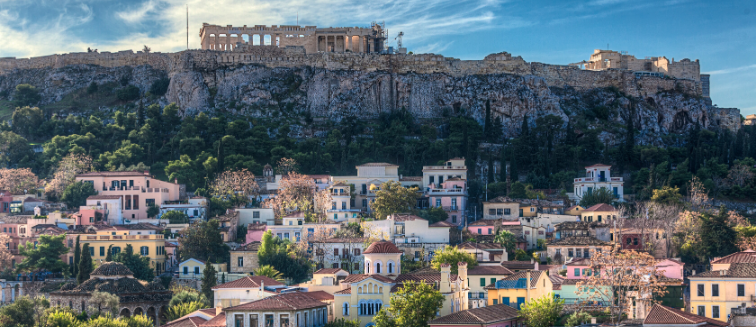
Acropolis of Athens
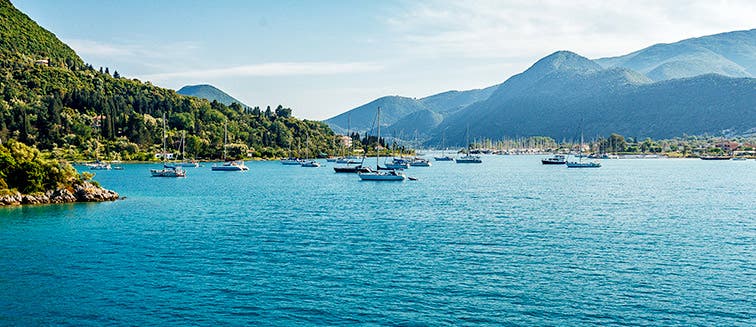
Aegean Sea

Antipaxos
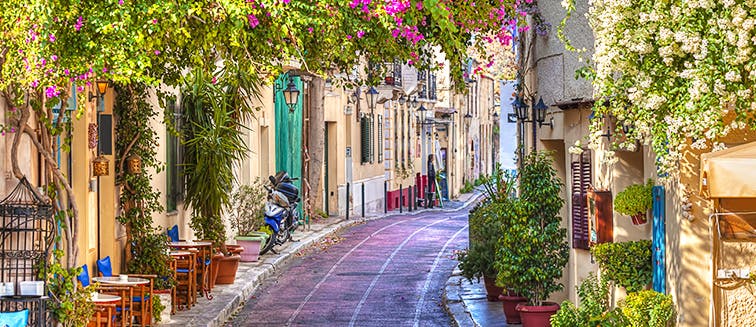
Athens

Atokos

Corfu

Crete
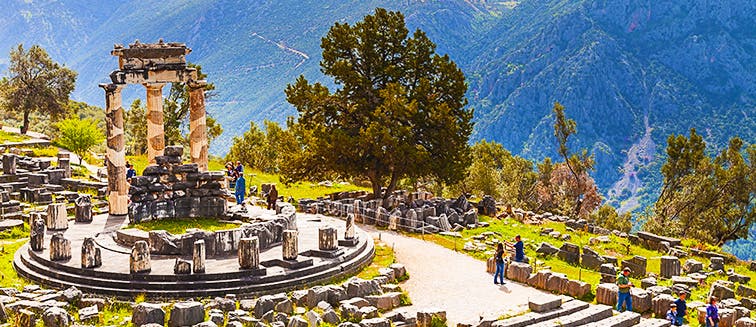
Delphi
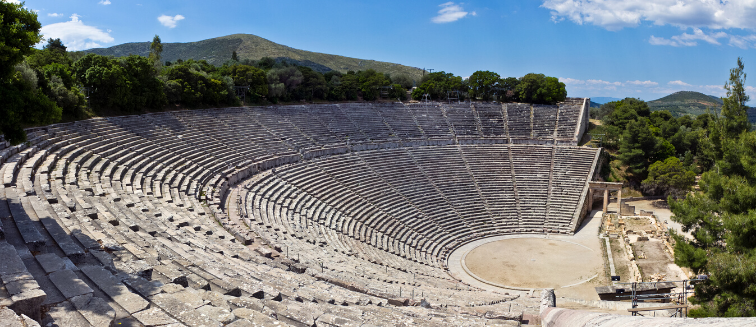
Epidaurus

Gaios
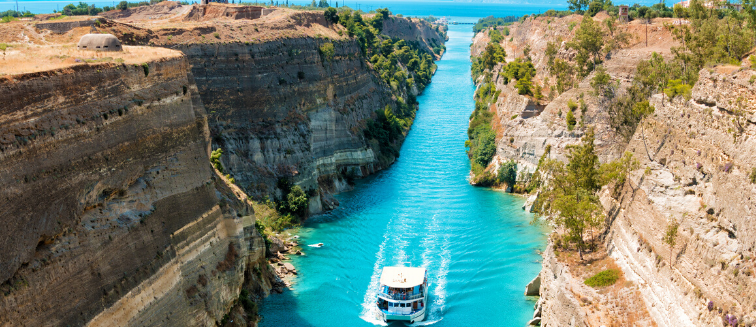
Gulf of Corinth
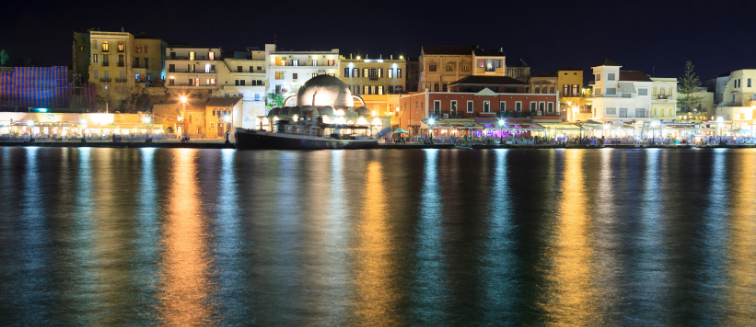
Heraklion

Ithaca
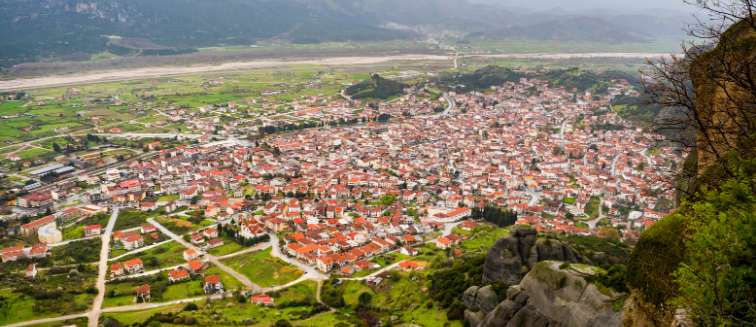
Kalambaka

Kefalonia

Lakka

Lefkada

Meganisi
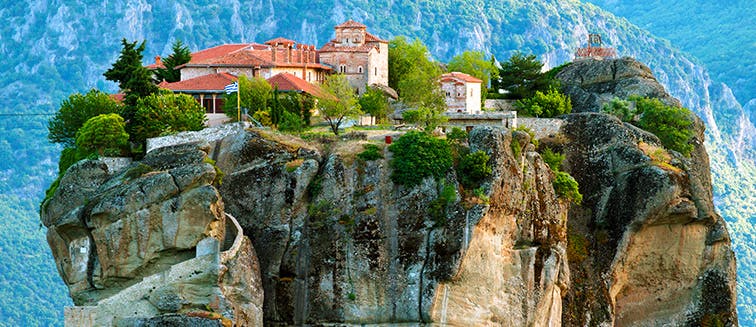
Meteora
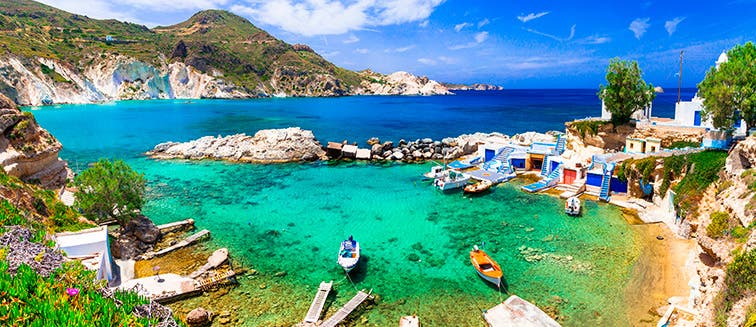
Milos
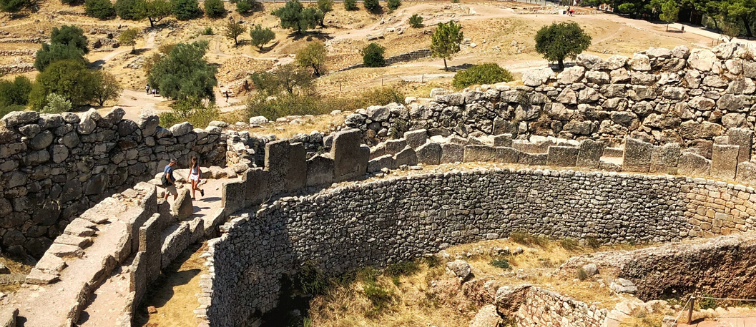
Mycenae
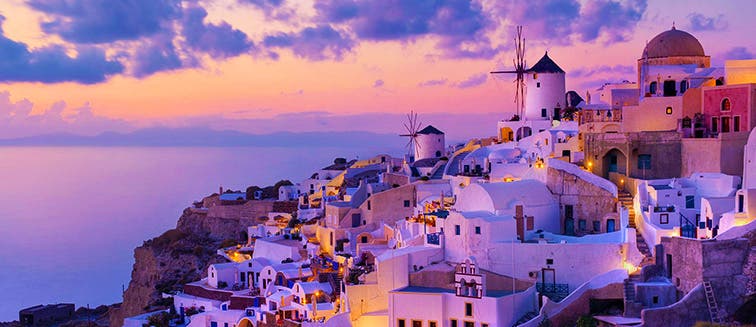
Mykonos
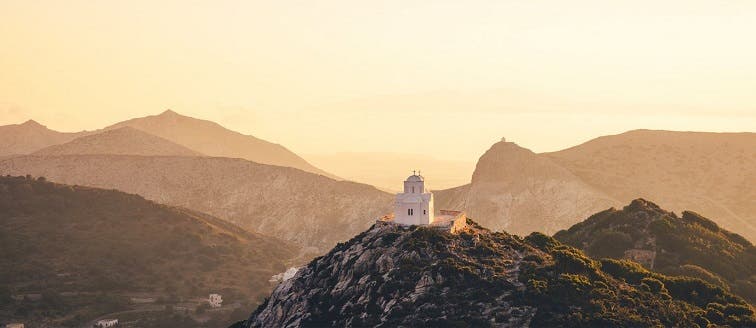
Naxos
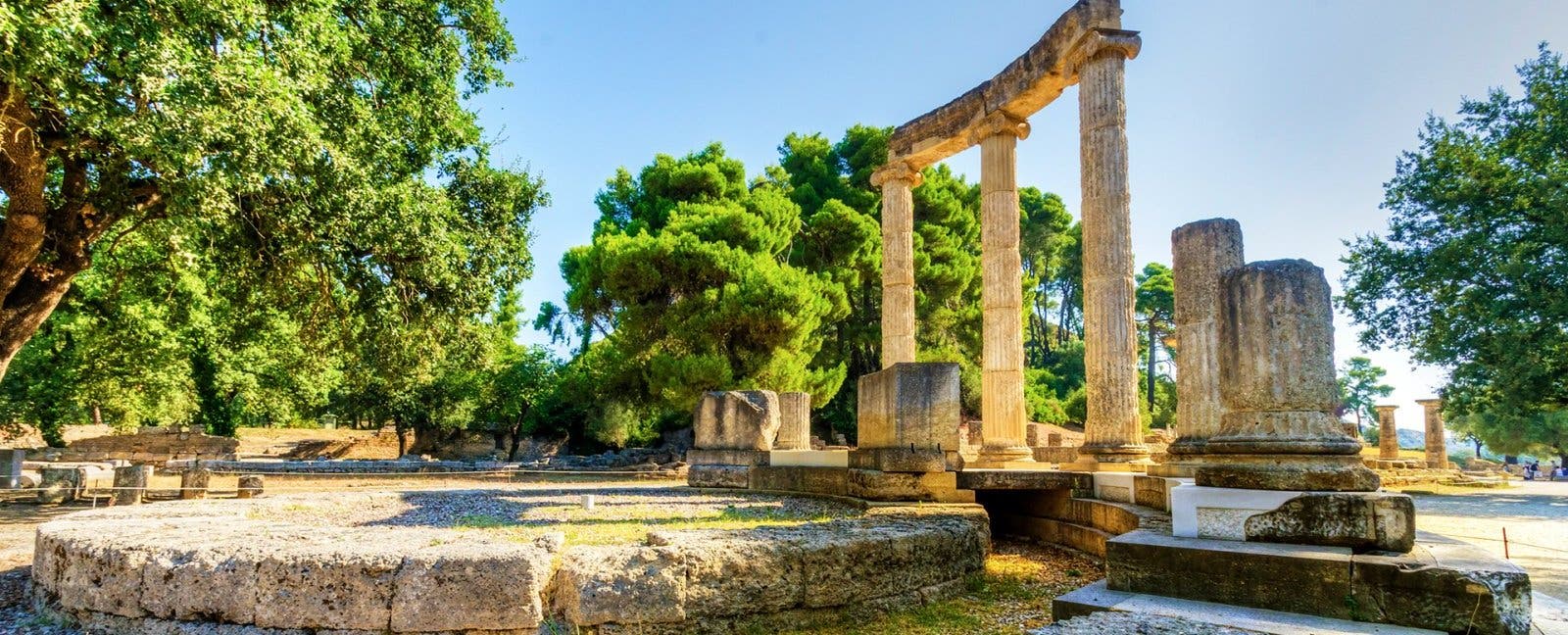
Olympia
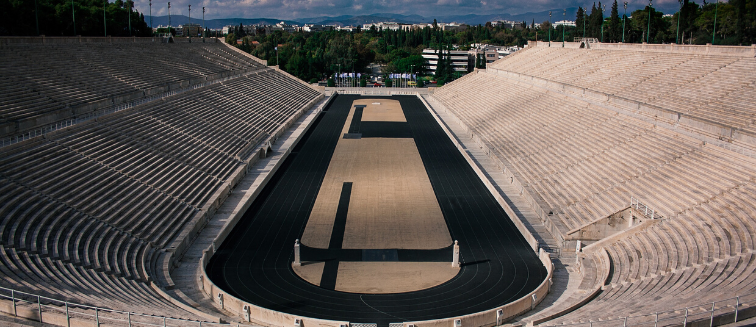
Panathenaic Stadium

Parga
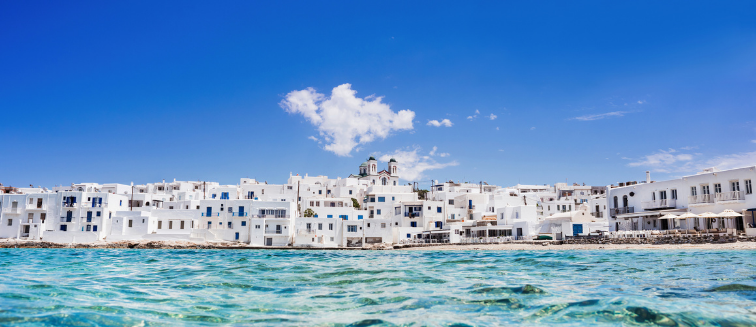
Paros
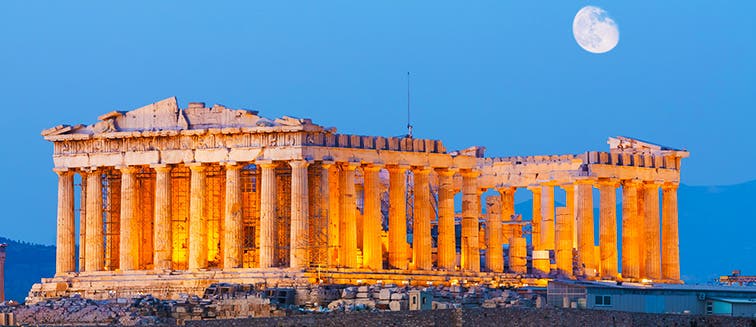
Parthenon

Paxos
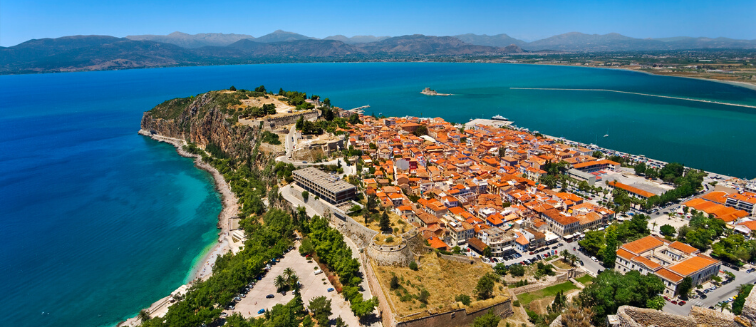
Peloponnese
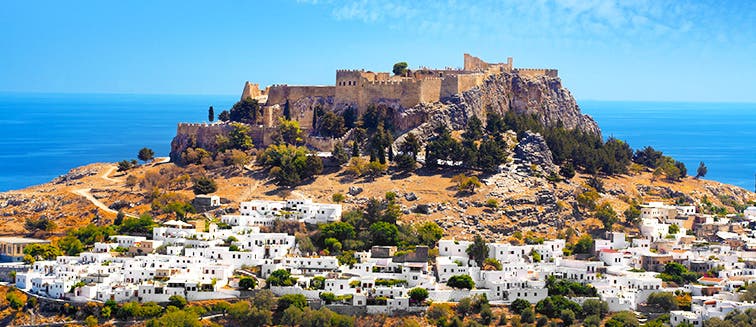
Rhodes
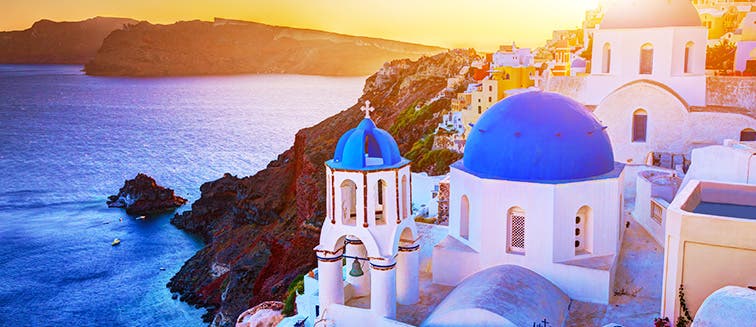
Santorini
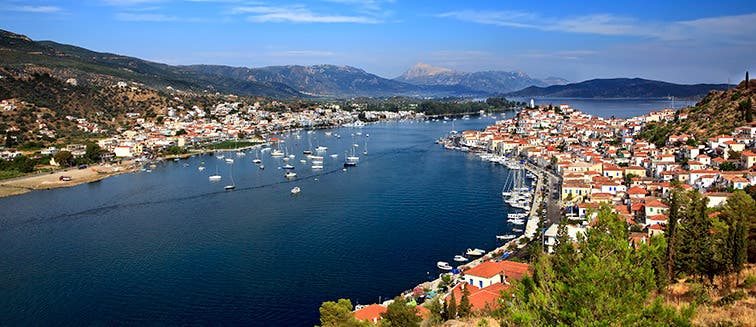
Saronic Islands
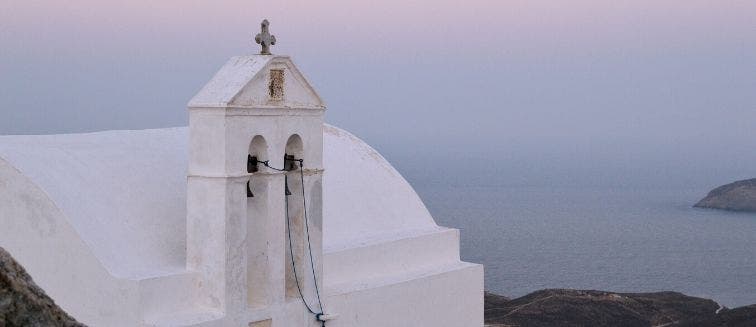
Serifos

Sivota
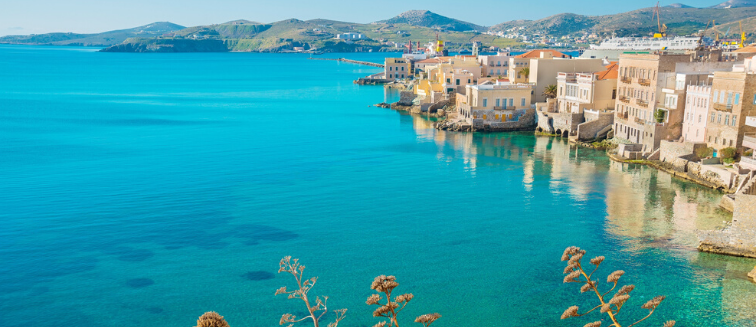
Syros
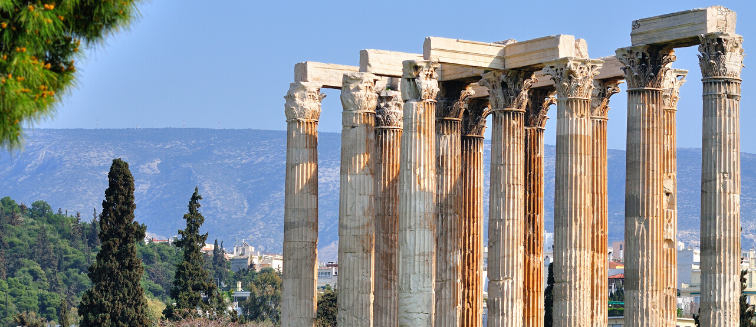
Temple of Olympian Zeus
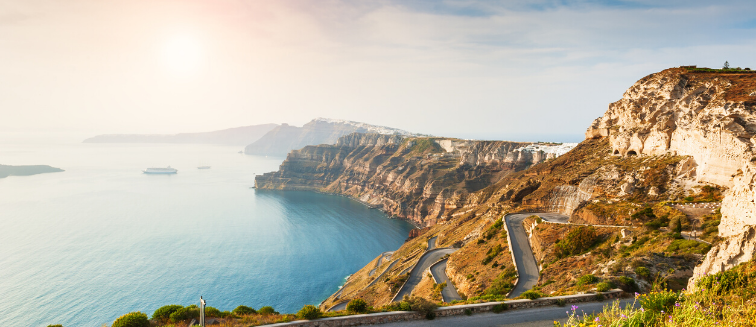
The Cyclades
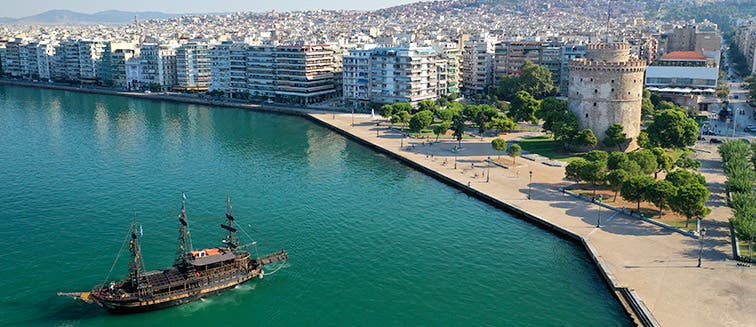
Thessaloniki
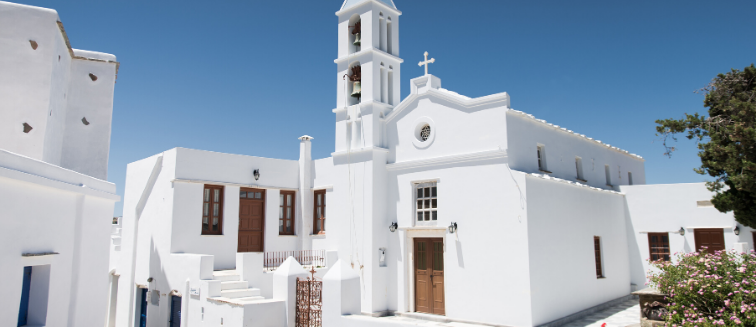
Tinos
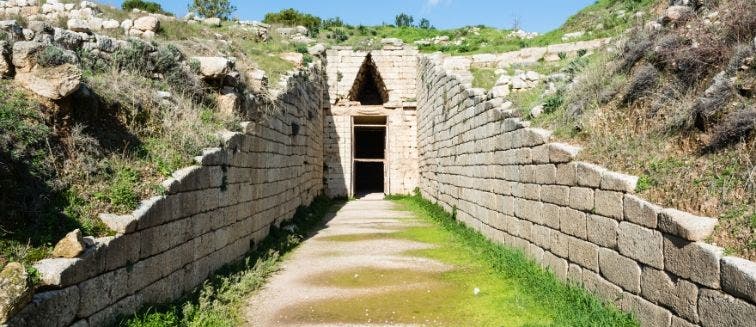
Treasury of Atreus

Zante
Points of interests
- Trips to Acropolis of Athens
- Trips to Aegean Sea
- Trips to Athens
- Trips to Atokos
- Trips to Corfu
- Trips to Crete
- Trips to Delphi
- Trips to Epidaurus
- Trips to Gaios
- Trips to Gulf of Corinth
- Trips to Heraklion
- Trips to Ithaca
- Trips to Kalambaka
- Trips to Kefalonia
- Trips to Lakka
- Trips to Lefkada
- Trips to Meganisi
- Trips to Meteora
- Trips to Mycenae
- Trips to Mykonos
- Trips to Naxos
- Trips to Olympia
- Trips to Panathenaic Stadium
- Trips to Parga
- Trips to Paros
- Trips to Parthenon
- Trips to Paxos
- Trips to Peloponnese
- Trips to Rhodes
- Trips to Santorini
- Trips to Serifos
- Trips to Sivota
- Trips to Syros
- Trips to Temple of Olympian Zeus
- Trips to The Cyclades
- Trips to Tinos
- Trips to Treasury of Atreus
- Trips to Zante
Other Points of interests
- Trips to Apollonia
- Trips to Berat
- Trips to Bled
- Trips to Blue Eye National Park
- Trips to Bohinj
- Trips to Butrint
- Trips to Dubrovnik
- Trips to Durres
- Trips to Elbasan
- Trips to Gjirokastër
- Trips to Hvar
- Trips to Koper
- Trips to Korca
- Trips to Krk
- Trips to Kruja
- Trips to Ksamil
- Trips to Lezhe
- Trips to Liubliana
- Trips to Ljubljana
- Trips to Medjugore
- Trips to Mostar
- Trips to Ohrid
- Trips to Plovdiv
- Trips to Pogradec
- Trips to Postojna Cave
- Trips to Rila Monastery
- Trips to Sarajevo
- Trips to Saranda
- Trips to Shkodra
- Trips to Split
- Trips to Tirana
- Trips to Velika Planina
- Trips to Vlora
- Trips to Voskopoja
- Trips to Zadar
- Trips to Zagreb
Countries Nearby
- Albania Trips
- Austria Trips
- Baltic States Trips
- Belgium Trips
- Croatia Trips
- Cyprus Trips
- Czech Republic Trips
- Denmark Trips
- England Trips
- Faroe Islands Trips
- Finland Trips
- France Trips
- Germany Trips
- Greece Trips
- Hungary Trips
- Iceland Trips
- Ireland Trips
- Italy Trips
- Montenegro Trips
- Netherlands Trips
- North Macedonia Trips
- Northern Ireland Trips
- Norway Trips
- Poland Trips
- Portugal Trips
- Romania Trips
- Russia Trips
- Scotland Trips
- Slovakia Trips
- Slovenia Trips
- Spain Trips
- Sweden Trips
- Switzerland Trips
- Ukraine Trips
- United Kingdom Trips
Trip Styles
- Croatia Nature Vacation Packages Trips
- Croatia Solo Travel Packages Trips
- Czech Republic Couples Tours Trips
- England Solo Travel Experiences Trips
- France Nature Trips with Exoticca Trips
- France Tours for Couples with Exoticca Trips
- France Solo Tours - Exoticca Trips
- Solo Travel in Germany Trips
- Germany Cultural Tours Trips
- Germany Tours for Couples Trips
- Greece Nature Vacation Packages Trips
- Greece Cultural Tour Packages Trips
- Greece Solo Travel Adventures Trips
- Family Greece Trips
- Iceland Solo Travel Trips
- Iceland Cultural Tours Trips
- Iceland Nature Vacation Packages Trips
- Solo Travel Ireland - Tour Packages Trips
- Ireland Nature Vacation Packages Trips
- Italy Nature Travel Adventures Trips
- Family Italy Trips
- Solo Travel Italy Packages Trips
- Norway Nature Tours Trips
- Norway Solo Tours with Exoticca Trips
- Norway Cultural Tours Trips
- Portugal Nature Vacation Packages Trips
- Solo Travel in Portugal Trips
- Portugal Cultural Tours Trips
- Portugal Couples' Tours Trips
- Spain Cultural Tours - Exoticca Trips
- Spain Tours for Couples Trips
- Spain Nature Vacation Packages Trips
- Spain Solo Travel Packages Trips
- Switzerland Solo Travel Trips
- Switzerland Nature Vacation Packages Trips
Susbscribe to our newsletter and join Exoticca GO
The best travel deals
Exclusive promotions
Expert travel tips